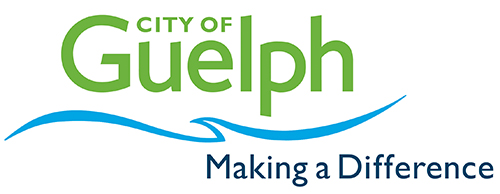City of Guelph has deployed Neptune Cluster to help with water operations and energy

From an operations perspective, the system is now used to provide real-time Operational Dashboards to show watermain flow/pressure patterns, Water Tower levels/pressures, and real-time electricity usage including calculated real-time energy costs on a per m3 of water pumped. A live data feed from the Ontario IESO (independent electricity system operator) along with time of use and tiered rate structure is used to calculate the real-time electricity costs and demand costs. At Guelph Water Services, large 42” monitors are now used to display these dashboards in operational areas.
The system has been set up to collect data using several methods. Raspberry PIs (a $35 single board computer) are used to collect data from PLCs, Motor Starters, and Digital Power Monitors. The PIs, running Triton Edge Messenger, do store/forward data collection, perform edge analytics, and perform several calculations including real-time energy cost calculations. A light-weight web-configured ETL (extract-transform-load) server is used to pull in data from other systems, including the existing Water Supply SCADA system, the Guelph Water DMA (district metered area) SCADA system, and several other systems. Data transport is handled by a set of small servers called Brokers and Historizers. Built on top of an IIoT technology called MQTT, which is a publicly available ISO standard protocol (ISO/IEC PRF 20922), the Titan Broker server is used to manage communications between the PIs and ETL servers. The Trident Historizer is used to insert the data into the distributed historian, which is built on top of the Apache Cassandra NoSQL database management system. Apache Cassandara is used as the platform for the distributed historian due to its robust nature and ability to automatically replicate across clustered servers. Apache Cassandra is a free and open-source, distributed, NoSQL database management system designed to handle large amounts of data across many commodity servers, providing high availability and horizontal scalability with no single point of failure.
On the reporting side, the open-source reporting tool Grafana has been used to provide web-delivered dashboard screens, which can be configured using a web-based point-and-click editor. For example, the mater watermain flow/pressure dashboard, which has 56 graphs on it, took less than 2 hours to set up. A PDF report generation tool that can both display and email out scheduled reports is also provided, as well as a data query tool that can perform various mathematical and statistical calculations on large data sets.


Comments are closed